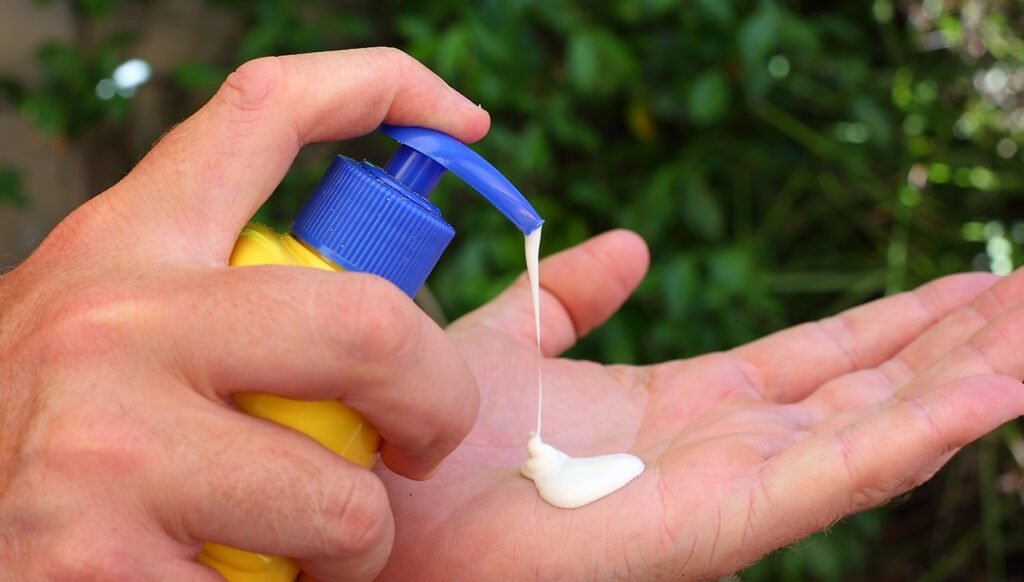Unmasking the Truth About Sunscreen: What You Need to Know
As recent investigations shed light on the effectiveness of high-SPF sunscreens, it’s becoming clear that not all products live up to their promises. This revelation highlights the growing responsibility of pharmacists and pharmacy assistants in advocating for a comprehensive sun protection regimen.
The SPF Dilemma: What Recent Findings Reveal
On June 12, 2025, consumer advocacy group CHOICE published a critical review of 20 popular SPF50 and SPF50+ sunscreens. The shocking discovery? Only 20%—just four of these brands—actually fulfilled their SPF claims. Among them, the Ultra Violette Lean Screen SPF 50+ Matifying Zinc Skinscreen was found to offer only an SPF of 4, raising significant concerns.
In light of these revelations, the Therapeutic Goods Administration (TGA) has pledged to investigate the discrepancies in sunscreen efficacy. With growing skepticism fueled by social media claims labeling sunscreen ingredients as toxic, how can healthcare professionals effectively promote sun safety?
Understanding SPF: Essential Protection or False Security?
Australia bears the unfortunate title of having the highest melanoma incidence globally. During periods when the UV Index hits 3 or above, it’s essential to apply a broad-spectrum, water-resistant sunscreen with an SPF of 30 or higher for adequate protection against both UVA and UVB rays.
But how significant is the difference between SPF ratings?
Key Differences in SPF:
- SPF 30: Blocks around 96.7% of UV radiation.
- SPF 50: Blocks approximately 98% of UV radiation.
For example, if unprotected skin begins to redden after only 5 minutes in the sun, an SPF50 sunscreen should theoretically extend that protection to about 250 minutes. In contrast, SPF30 would provide around 150 minutes, while an SPF4 sunscreen hardly suffices, offering only about 20 minutes.
Furthermore, application thickness can significantly alter the actual protection level. Professor Rachel Neale from the QIMR Berghofer Medical Research Institute stresses the importance of applying sunscreen adequately to enhance its effectiveness.
"The amount of sunscreen people apply will make a substantial difference to the SPF."
Expert Advice for Pharmacists and Pharmacy Assistants
Despite the worrying claims about sunscreen efficacy, pharmacists should reassure patients that proper application will likely still provide reasonable protection. Here are crucial points pharmacists should communicate:
Sun Protection Is Non-Negotiable
- Everyday necessity: All skin types require sun protection, even on cloudy days.
Application Guidelines
- Generous Application: Approximately 35 mL is needed for full-body coverage. This translates to about one teaspoon per body part (face, neck, arms, legs).
- Regular Reapplication: Sunscreen should be reapplied every 2 hours, especially after swimming, sweating, or towel-drying.
Selecting the Right Product
- Formulation matter: Choose among lotions, creams, sprays, and sticks according to patient needs, such as sensitivity or oily skin.
A Holistic Approach to Sun Safety
According to Professor Neale, sunscreen should be part of a broader sun-protection strategy:
- Seek Shade: Whenever possible, stay under shaded areas.
- Wear a Hat: Brad-brimmed hats can provide additional coverage.
- Clothing Choices: Opt for protective clothing whenever feasible.
Pharmacy assistants, who frequently handle inquiries about over-the-counter products, should be well-versed in this guidance. If patients have a history of skin cancer or photosensitivity, they should be referred to a pharmacist for further information.
Regulatory Oversight: What’s Next?
Ensuring that sunscreens meet safety standards and performance claims is crucial. In Australia, sunscreens—categorized as either cosmetics or therapeutic goods—are regulated by the TGA. This distinction depends on factors like ingredient safety and claimed SPF.
The TGA announced its commitment to investigate the findings from CHOICE, stating:
“We will be investigating the CHOICE findings and will take regulatory action as required. The TGA has outsourced SPF testing to accredited laboratories.”
Should a sunscreen fail to meet its advertised SPF or use misleading terms like “waterproof,” the TGA has the authority to enforce corrective actions, including product recalls or labeling changes.
Conclusion
As consumers become increasingly conscious of what they apply to their skin, pharmacists and pharmacy assistants play a key role in guiding them towards effective sun safety practices. By staying informed and actively engaging with patients, healthcare professionals can help ensure that individuals enjoy sun protection that is both safe and effective.
For more detailed information about sun safety practices, consider visiting established organizations such as the Cancer Council Australia and the Australian Therapeutic Goods Administration.


